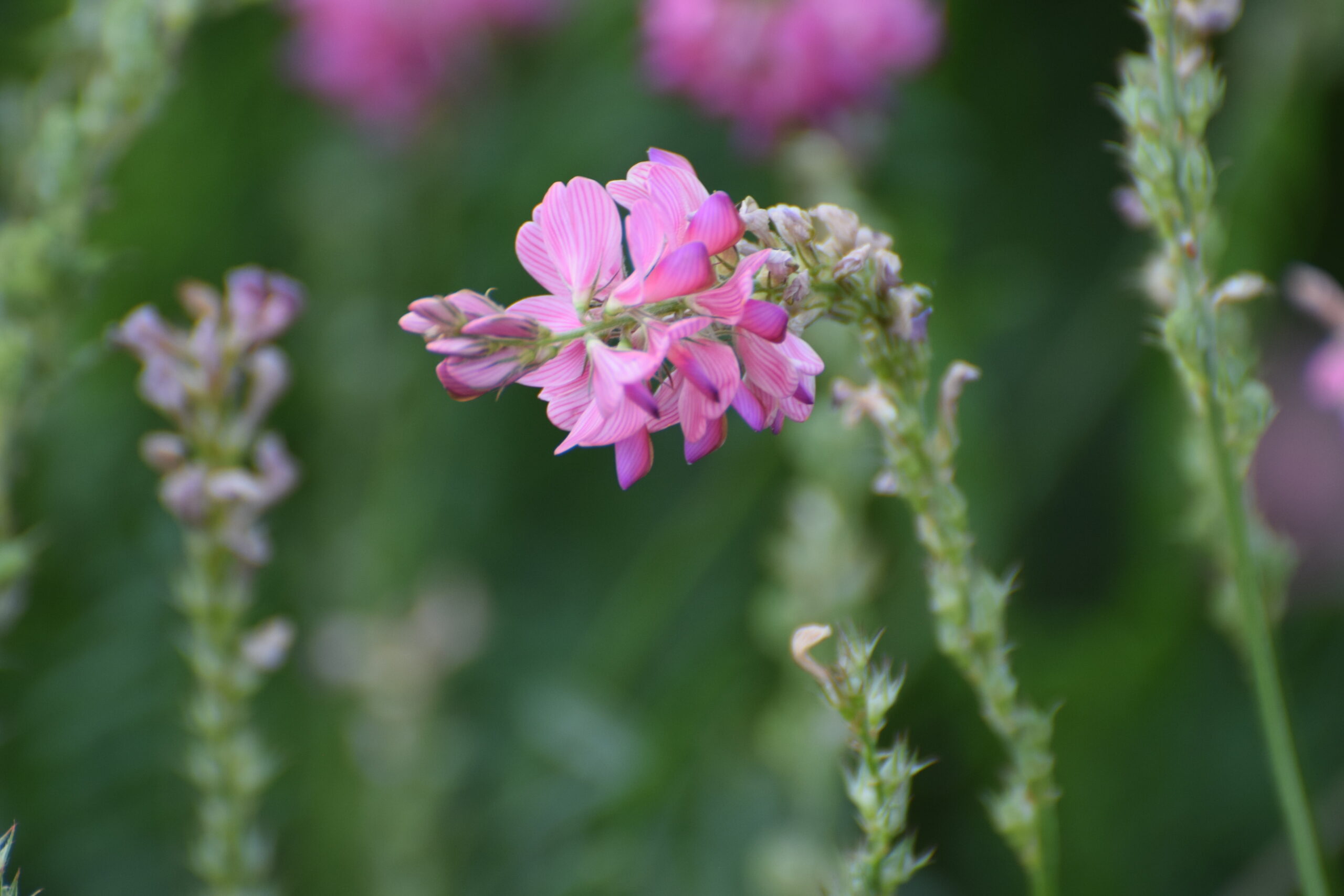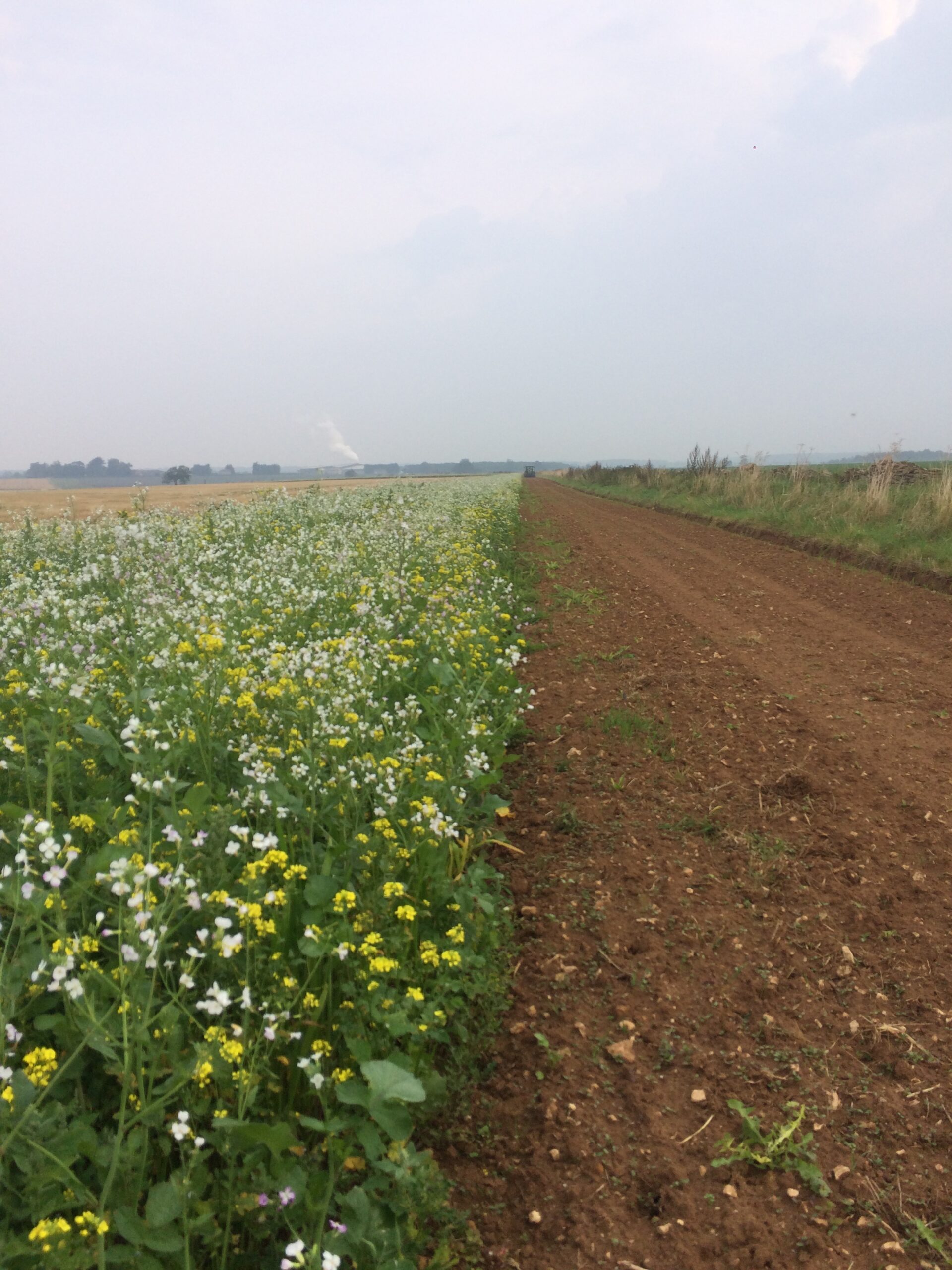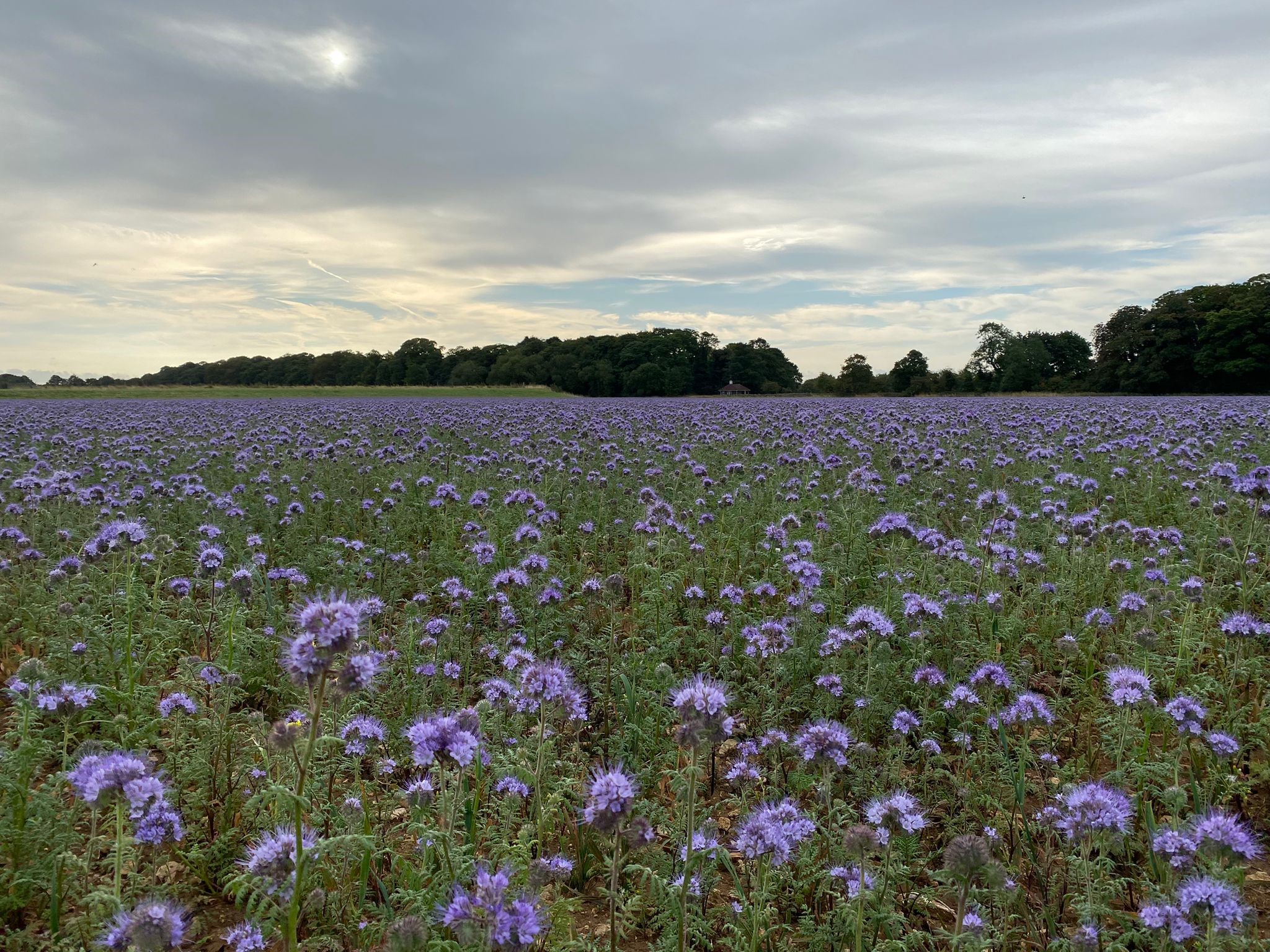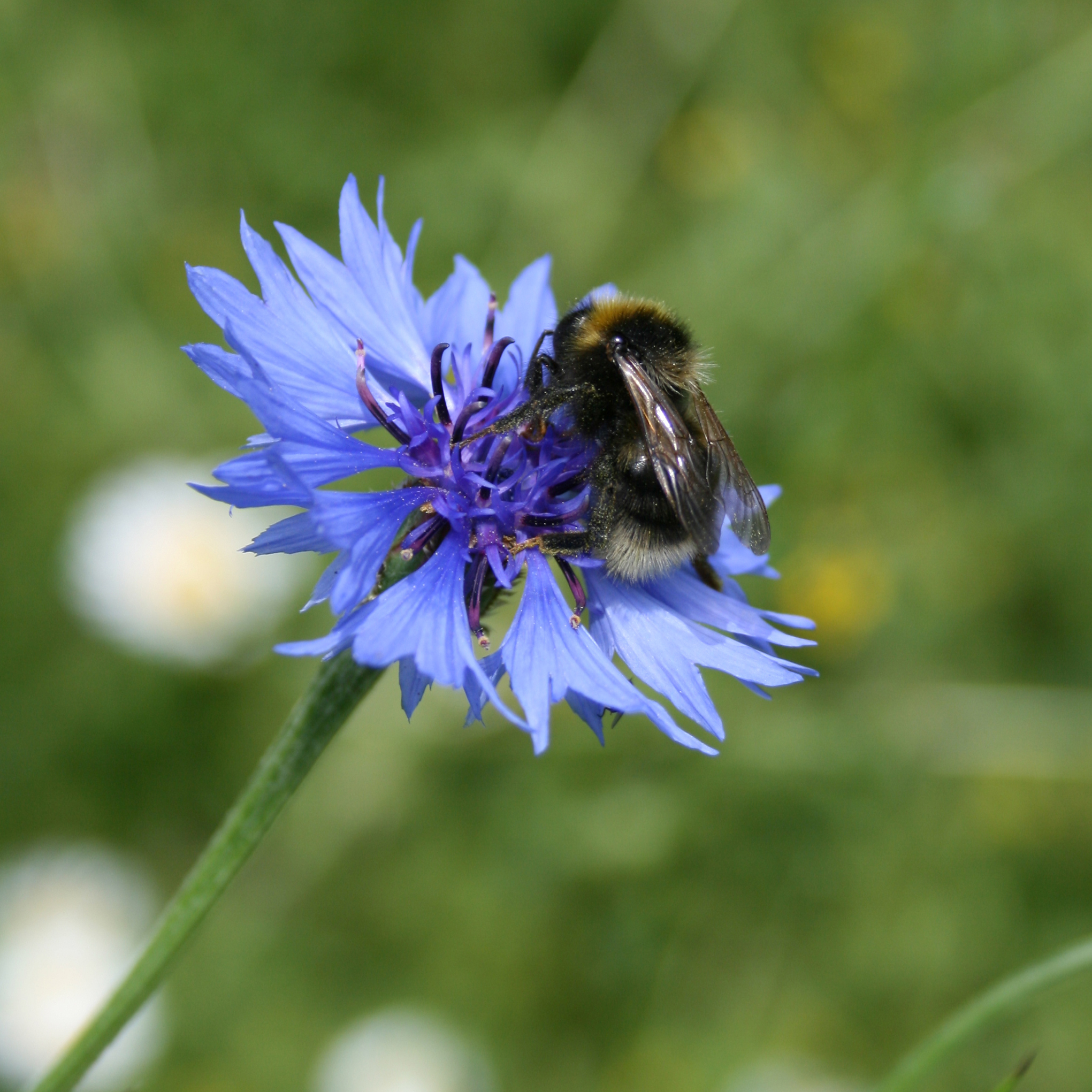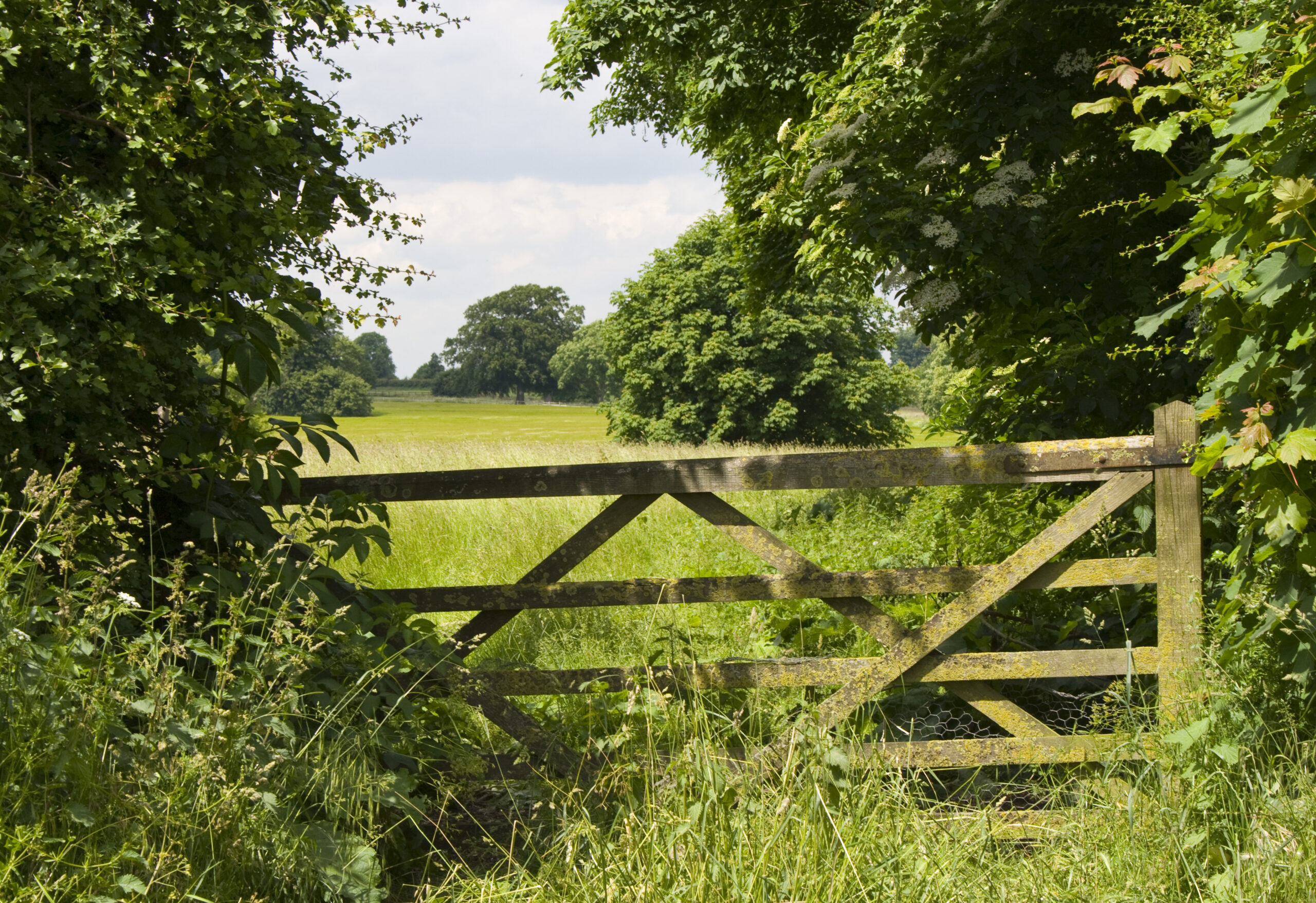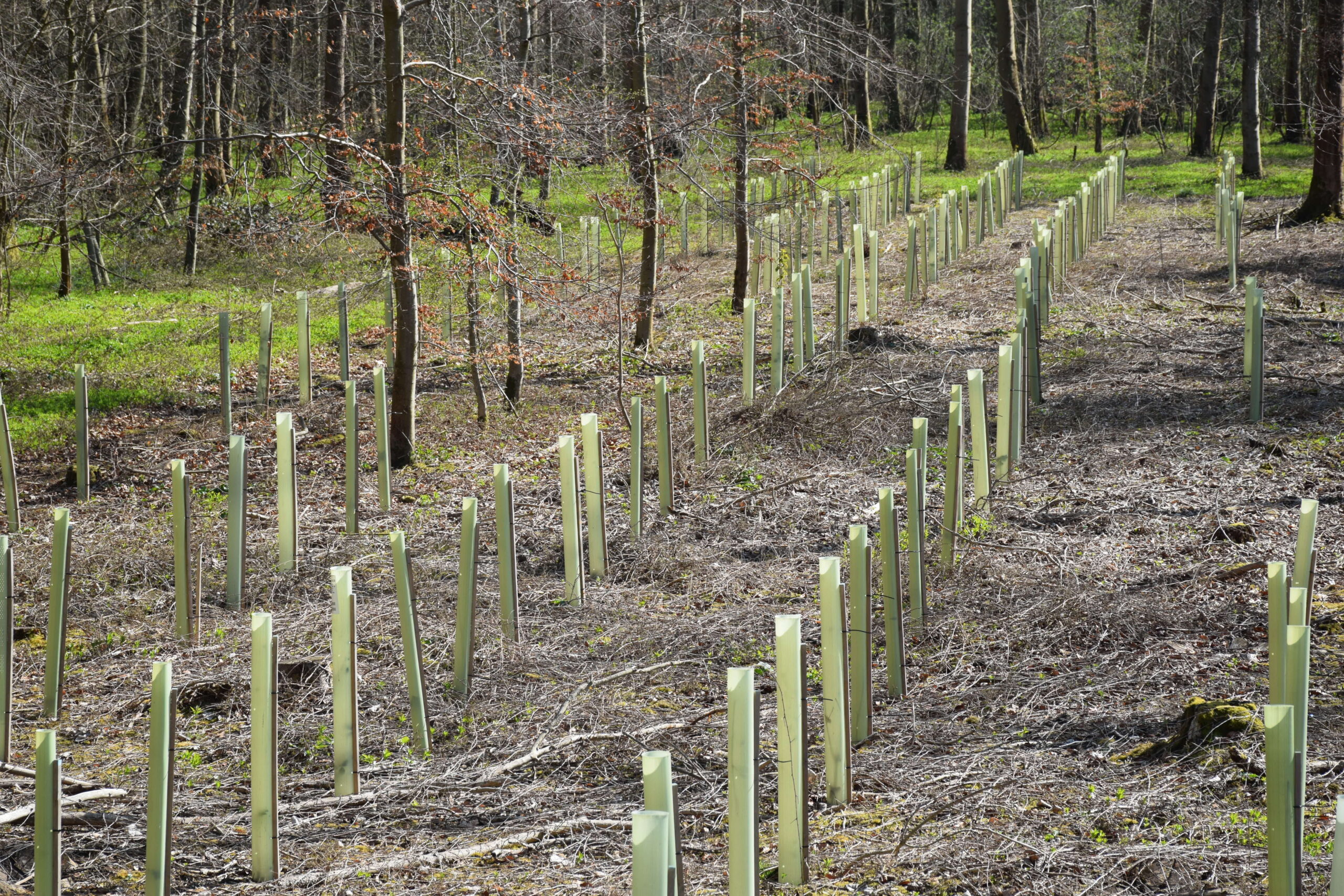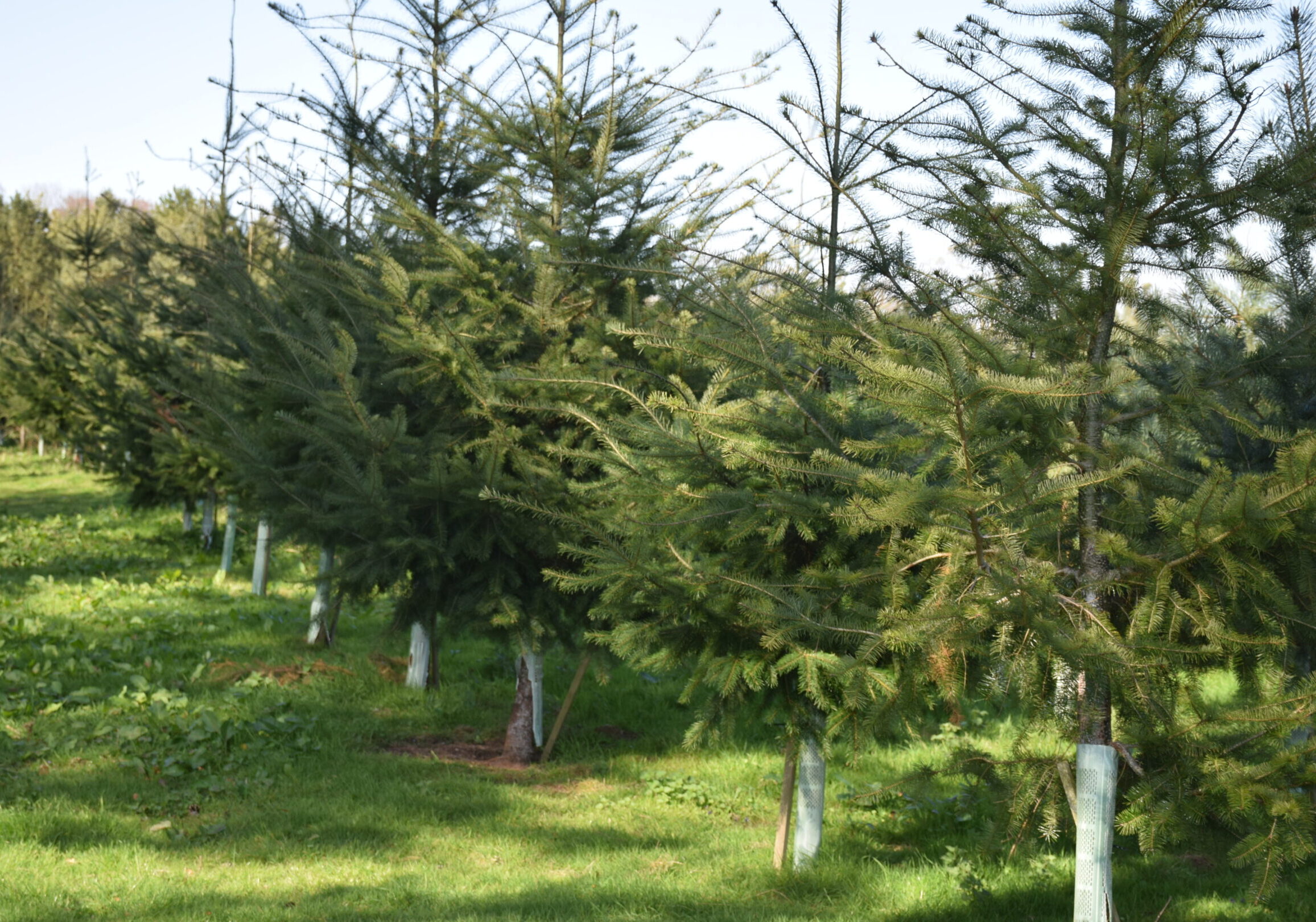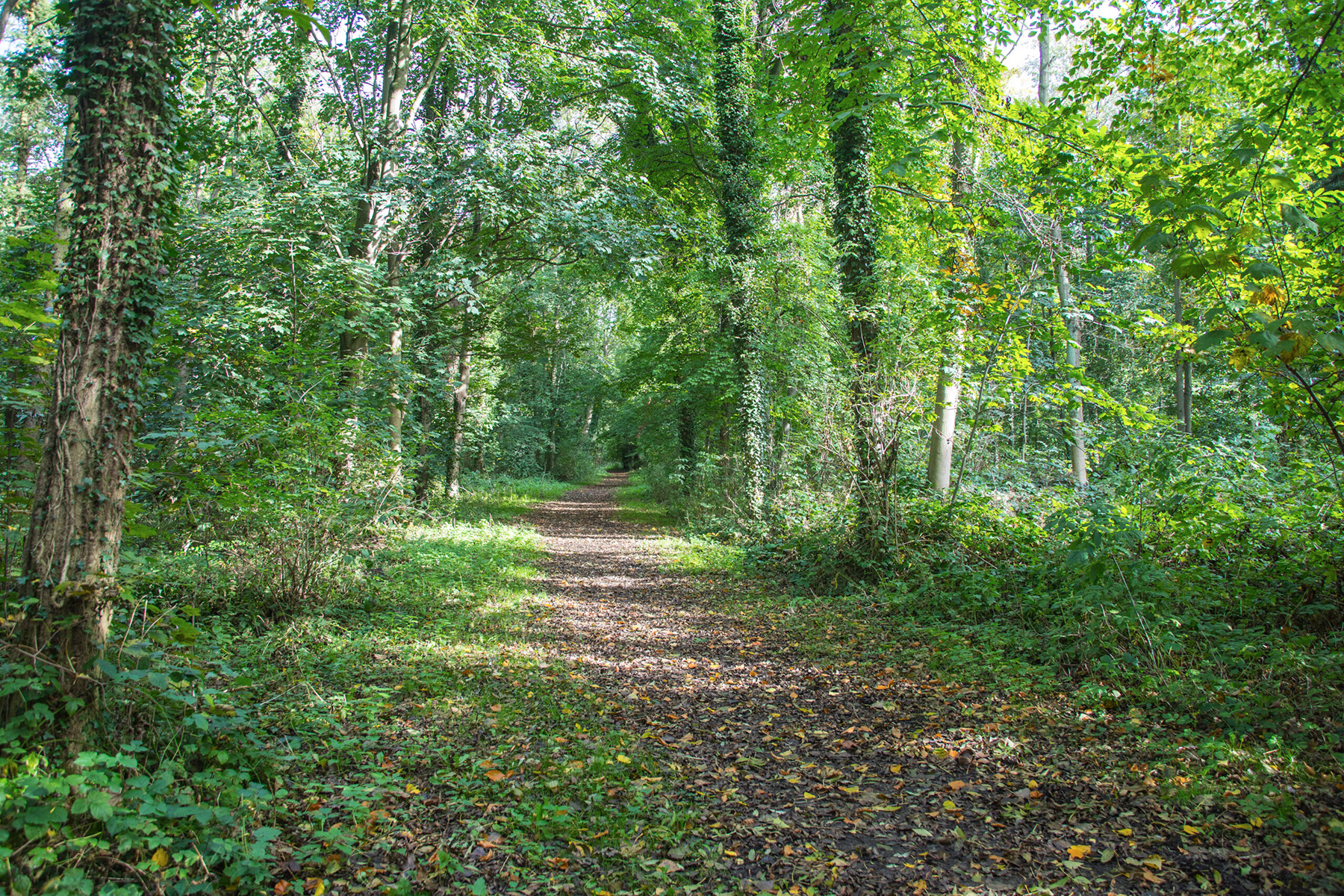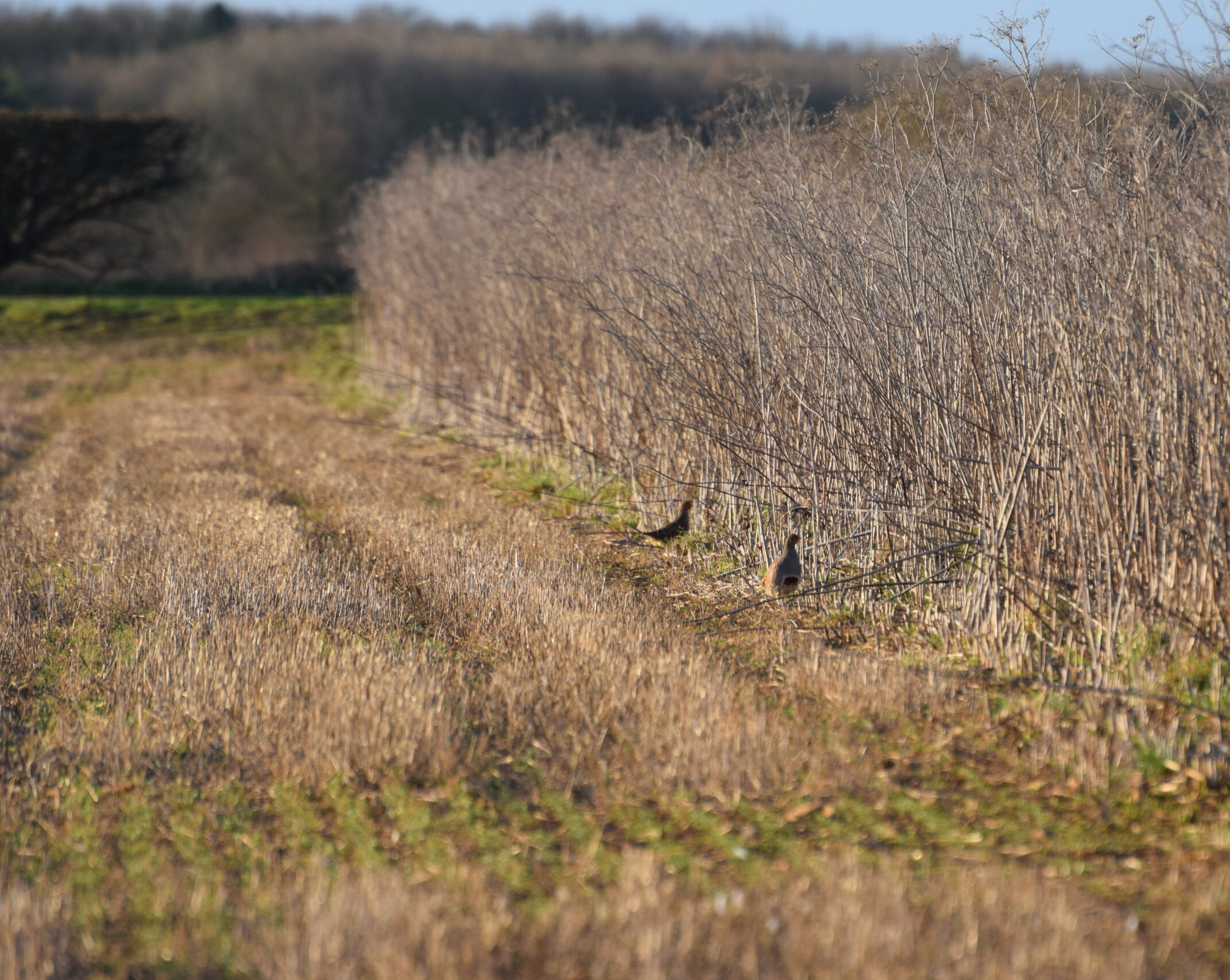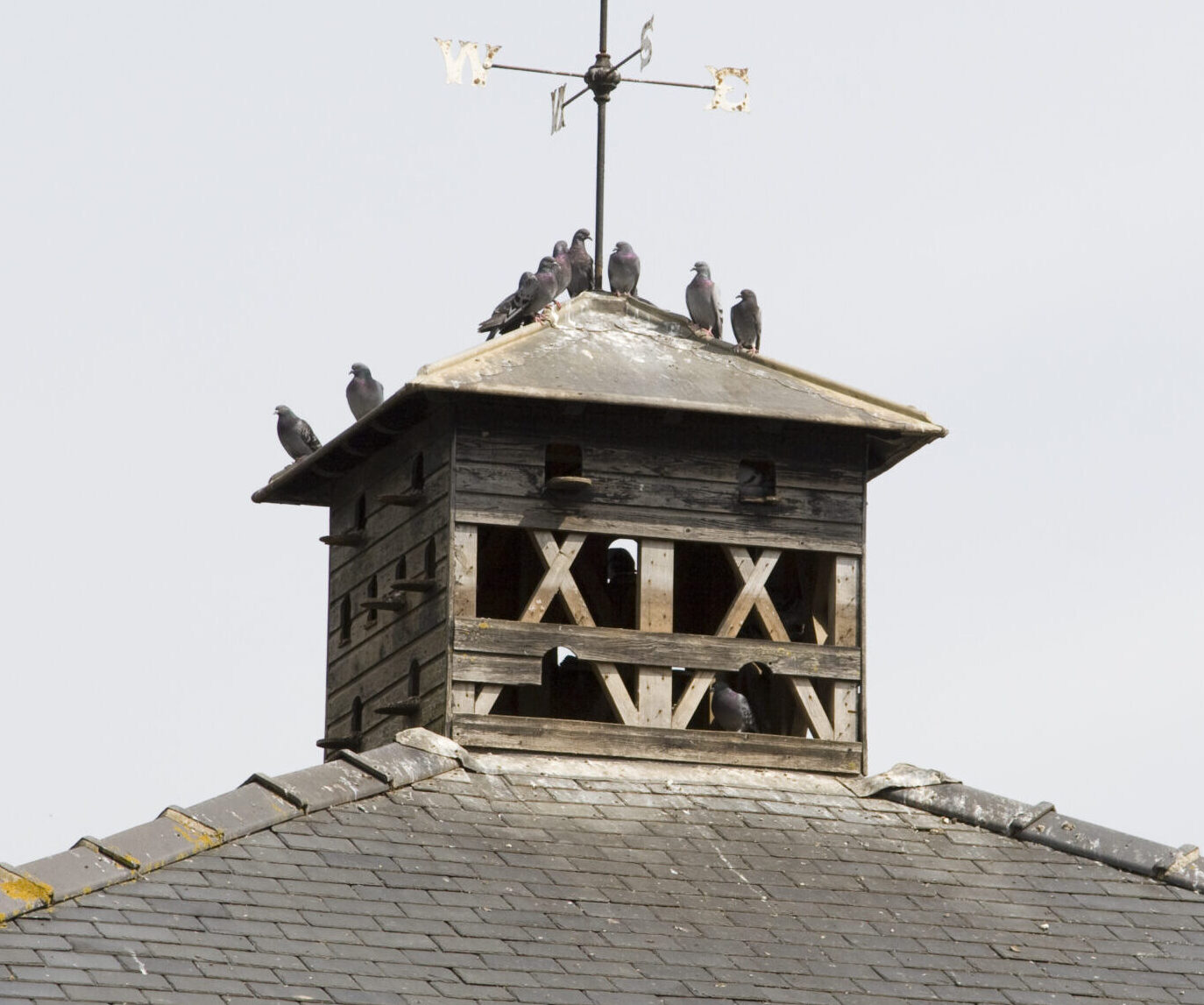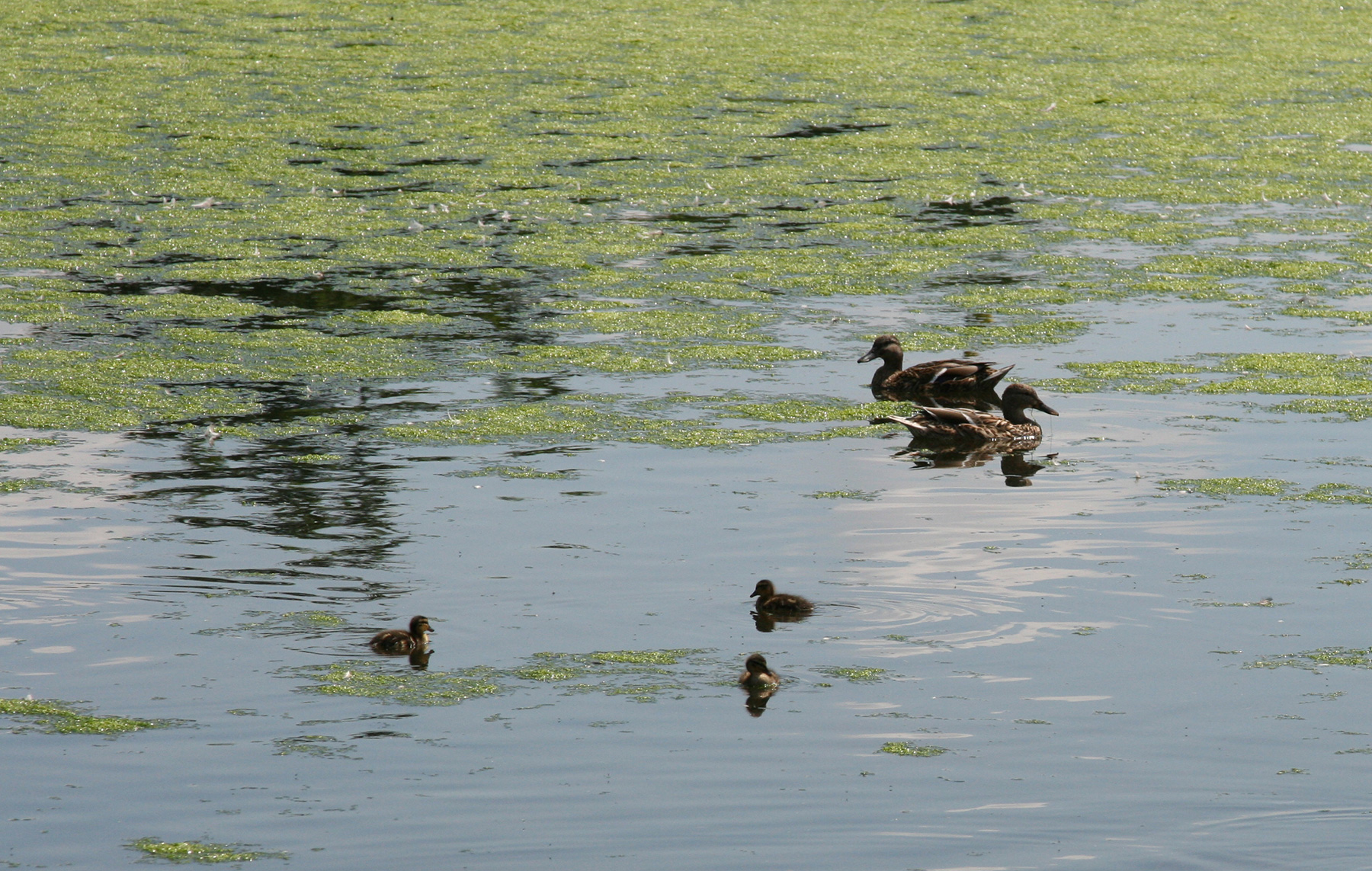Conservation & Natural Capital
As responsible custodians of the Blankney Estate land, we have invested significant time and effort into developing the Estate’s natural capital.
It is the belief of our Board of Directors, to ensure that the Estate can be passed onto the next generation in a better condition than it was inherited and it is in this spirit that we continue to develop and invest in our conservation efforts.
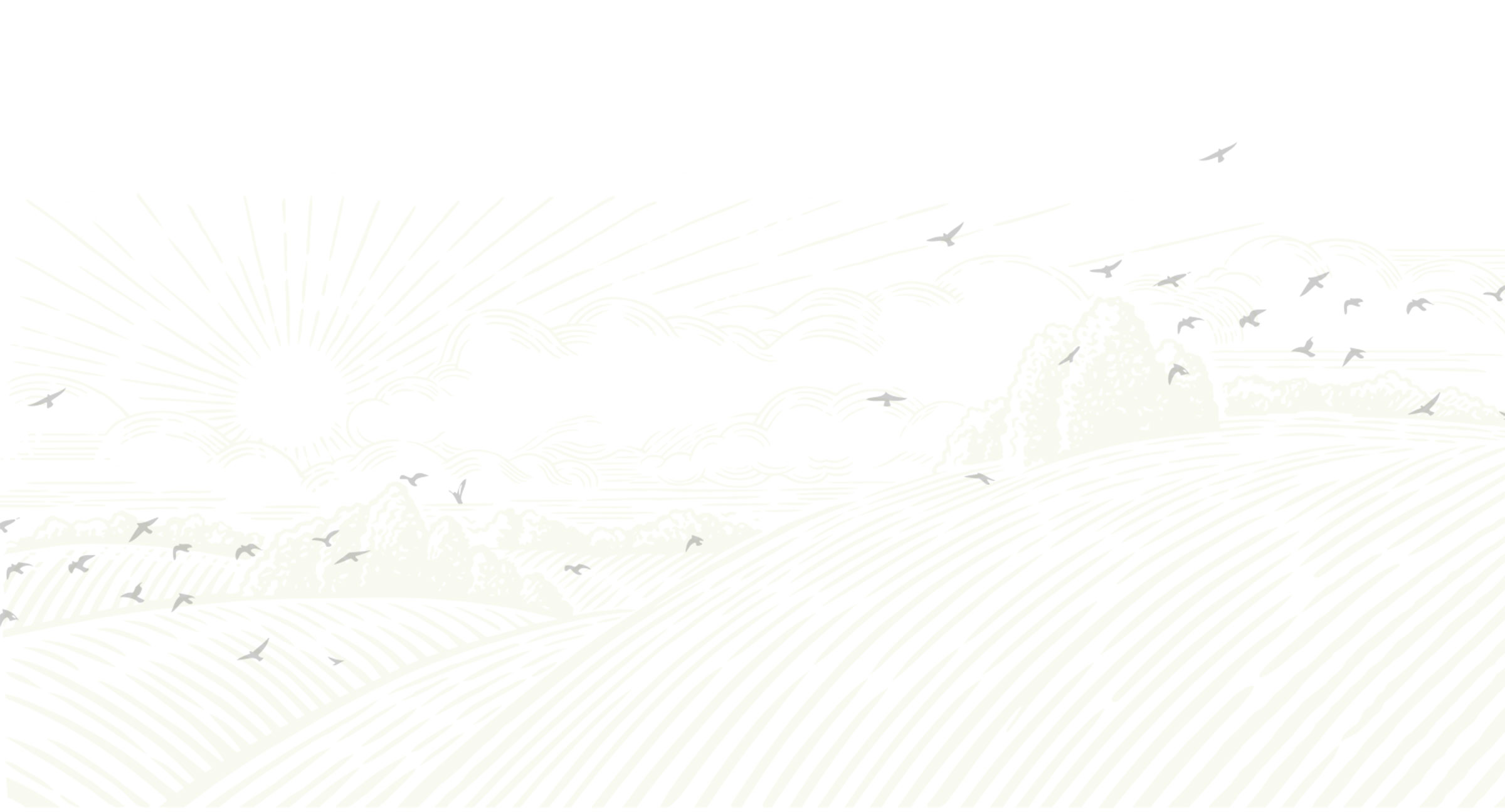
Environmental Stewardship & Sustainable Farm Incentive (SFI)
Environmental Stewardship and the Sustainable Farm Incentive (SFI) are two schemes which Blankney has invested significant time and resource into developing.
These schemes are designed to help us manage land in such a way as to mitigate the effects of climate change and to restore and enhance areas of the Estate’s environment, whilst supporting our farming enterprise;- for example, creating parcels or margins of land which are flower rich, thus supporting pollinators.
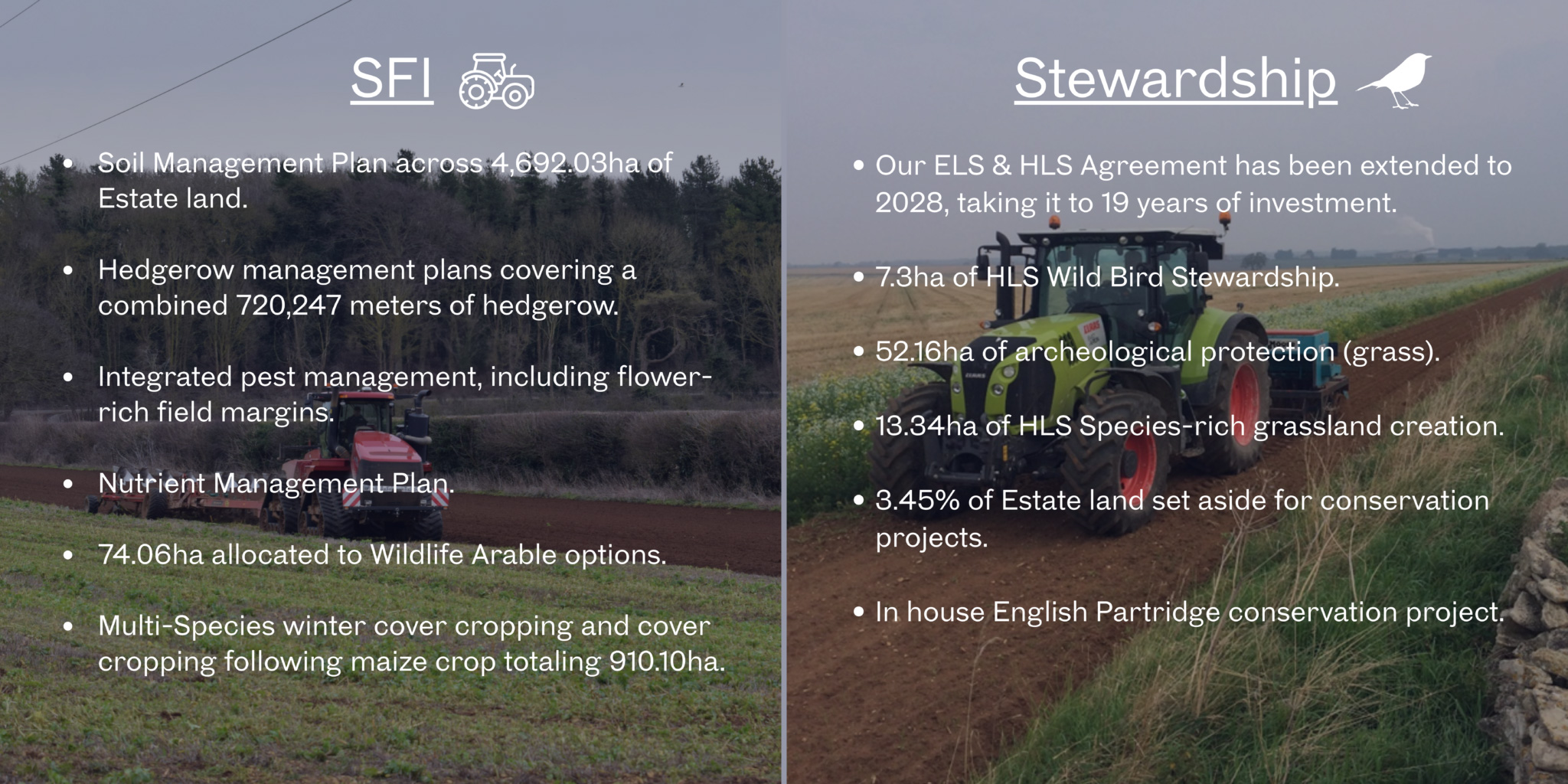
These are just a number of the actions the Estate is taking as we manage our land in a responsible way, preparing it for generations to come.

Long Term Cover Cropping Programme
In addition to these measures, the Estate also invests in our long term ‘cover cropping’ programme, to improve soil health.
A ‘cover crop’ is a crop which is grown between harvested crops, usually during the winter, to cover the bare ground prior to ploughing and the drilling of ‘cash crops’. Keeping a cover crop in the ground is a vital component in sustaining soil health, as it aids in the growth of soil microbes and helps the cycling of air and nutrients. The physical barrier present by a cover crop also reduces nutrient loss from erosion (caused by weather) and creates habitats for numerous wildlife species. This is a company policy which has been in place for around 15 years.
The Estate is also a founder member of the Lincoln Heath Farmer Cluster Group, which works together with other local farmers to develop landscape scale environmental enhancements.



Conscientious & Effective Woodland Management
In addition to our farmed land holdings and properties, Blankney is also home to significant parcels of woodland – all of which are important in supporting the myriad of wildlife and habitats across the Estate.
Conscientious and effective woodland management is a continuing investment by the business, as we seek to support our ethos of giving the next generation the best chance of success, as future custodians.
Over the last 20 years we have planted over 40,000 trees to create new woodland and replace outgrown and diseased woodland. In addition to this, we have managed our woodland to create a habitat for Willow Tits, ride widening for increased biodiversity and increased deadwood habitat for invertebrates. In taking these steps, we have used southern provenance stock and a more diverse range of tree species to build resilience against climate change, pests and disease.
Some of the species we’ve planted recently include, English Oak, Sycamore, Birch, Cherry, Hornbeam, Western Red Cedar, Scots Pine, Norway Spruce, Fir and Copper Beech.

Annual Bird Surveyance
Each year, Blankney Estates commissions an independent ecologist to undertake a breeding bird survey to better understand the habitats and species found on the Estate, so that we can learn how to further improve these habitats.
Our surveys are usually conducted between one hour after sunrise and one hour before sunset – with the surveys usually taking between 2-3 hours to complete.
With the number of different habitats on the Estate ranging from woodlands, grasslands, permanent pasture, hedgerows, meadows, quarries, arable farmland and even ‘swampy’ areas, it is crucial for us to better understand how we can support the local wildlife.
In Great Britain, bird species are measured against ‘BOCC’ (Birds of Conservation Concern) standards, where breeding or overwintering birds are placed on a green, amber or red list – depending on the level of concern.
Across the Estate in 2024, we reported the following:
12 amber listed species; Black-headed Gull, Common Gull, Dunnock, Reed Bunting, Shelduck, Song Thrush, Sparrowhawk, Stock Dove, Whitethroat, Willow Warbler, Woodpigeon, Wren.
7 red listed species: Greenfinch, Grey Partridge, Herring Gull, Linnet, Skylark, Yellowhammer, Yellow Wigtail.



